HITMAN Review
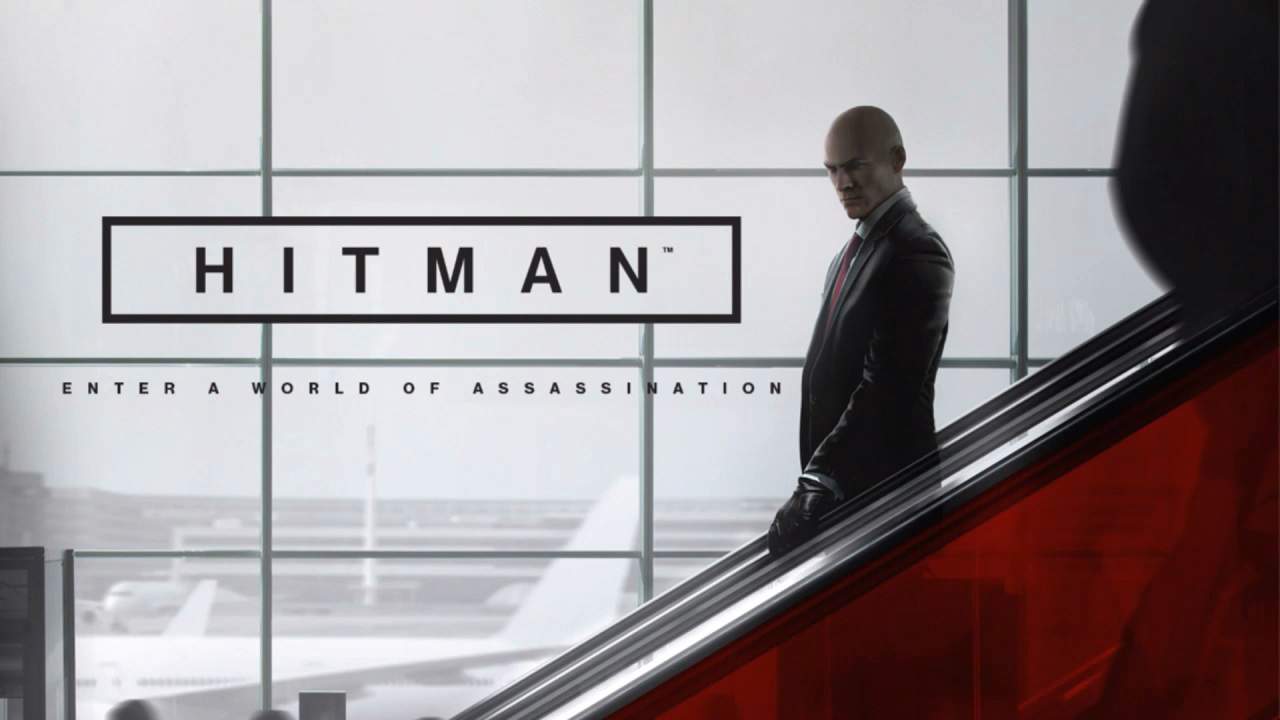
Click here to read Sergio’s initial thoughts on HITMAN’s introductory stages, or if you just want to know what the hell HITMAN even is.
ENTER A WORLD OF ASSASSINATION
Eight months have passed since the initial release of HITMAN’s “Paris” episode. Since then, I have decided to hold off on reviewing Square Enix’s living, breathing, always-online property until its season finale. HITMAN was a complicated game at release, one that was criticized for clipping issues, horrific sound design, and lengthy loading times. To say that HITMAN wasn’t streamlined would be putting it lightly.
But the reason I didn’t jump the gun on reviewing this game was because it also proved its worth where countless other AAA titles consistently fail: HITMAN is a singular vision. It is perhaps the purest incarnation of its concept in the series’s long history, possibly even beating out fan-favorite HITMAN: BLOOD MONEY thanks to its large, open arenas and an absolutely unprecedented number of ways to complete a mission.
HITMAN embraces an old-school sensibility of “Live, Die, Repeat” that other games try to willfully avoid. Square Enix is no longer concerned with making an all-round cinematic experience, dumping the conventions that made HITMAN: ABSOLUTION such a polarizing release (a game that felt more like the — already lazy — SPLINTER CELL: CONVICTION than an actual HITMAN game).
In these past eight months, I felt like I literally became Agent 47. I learned level layouts and NPC patterns. I perfected my walkthroughs to the point of never needing to change out of my signature suit. And despite the fact that my mastery stemmed merely from repeating the same levels over and over again, my methods of execution (pun intended) varied so greatly that it always felt like a new experience. What it all boils down to is that HITMAN welcomes the concept of gaming in an age where video games try so hard to be films, delivering one of the most evocative super-agent experiences on consoles, and resulting in one of the best games of 2016.
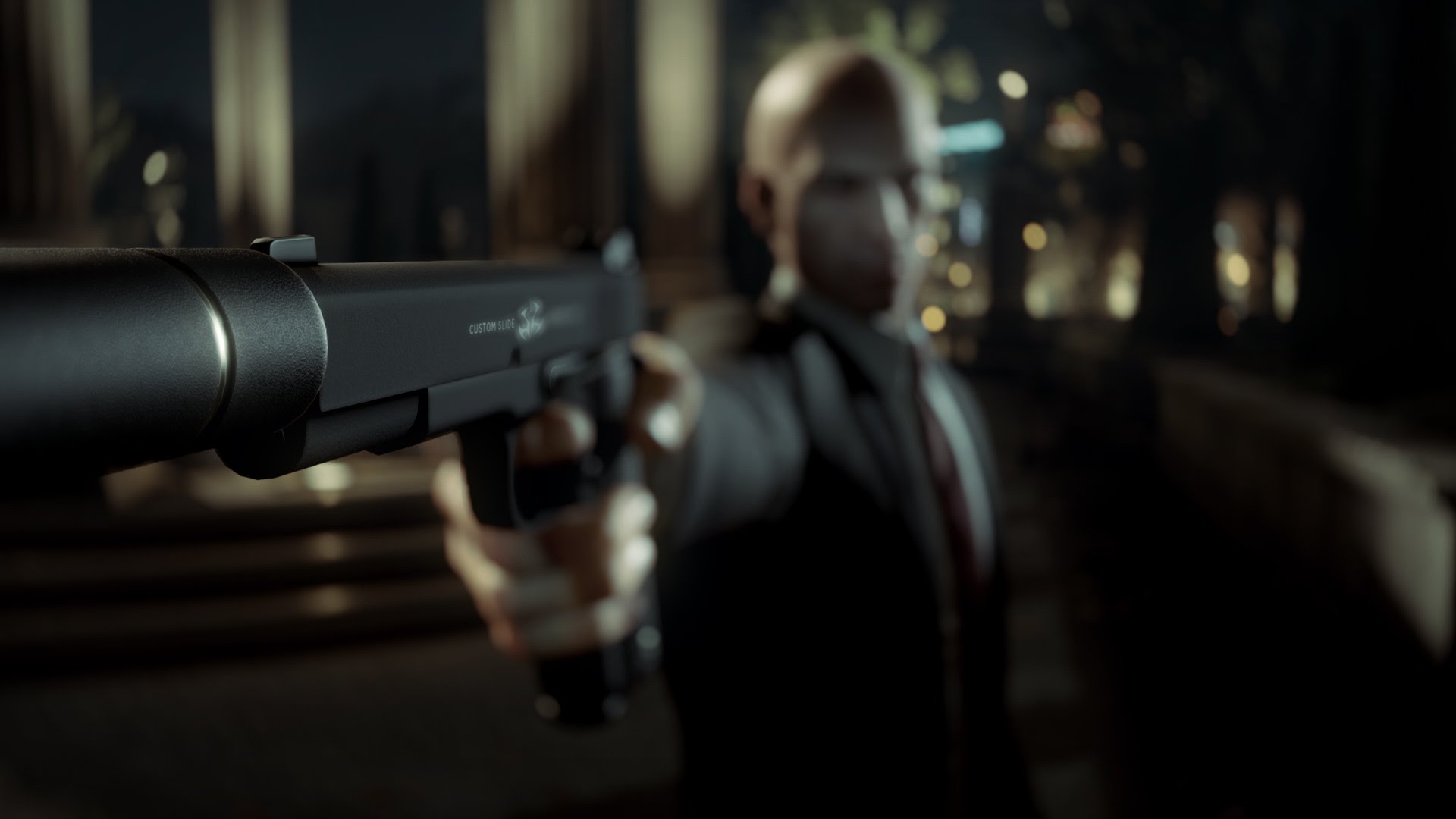
VISUAL STORYTELLING 101
There’s a lot to talk about when it comes to HITMAN, but it’d be a mistake not to start with narrative. Most HITMAN diehards will claim that the game doesn’t need a good story, and they’re right. The “game” does not. But we live in a climate where video games are not for children anymore, if they ever were. As such, I’d be remiss not to address narrative and character writing.
You see, HITMAN’s story does not impede the quality of its level design, much like last year’s phenomenal stealth experience, METAL GEAR SOLID V: THE PHANTOM PAIN. Both games feature some of the most exciting level designs in recent memory, but both also come across as unfinished narrative properties. Though where MGSV self-destructed at the apex of its trajectory, HITMAN’s problem is a complete failure to launch.
What Square Enix decided to do with this release was craft six levels that were loosely connected to some greater conspiracy. The tie between each level is vaguely implied through brief, two-to-four minute cutscenes. But the story we get is little more than an afterthought. Square Enix has little understanding of how to make a character sympathetic, and has an even harder time comprehending the basic tenets of storytelling.
The game’s final two cutscenes are stylish dialogue exchanges. Honestly the most surprising achievement is how well HITMAN commands the camera during these CG renders. Watching these scenes really shows how far gaming has come in terms of cinematics. Unfortunately, the content that is presented within these conversations feels like Season Four Episode One filler, the kind of nonsense a writers’ room pumps out in the hopes that the show is cancelled before they need to come up with more.
And that’s the core issue here: For a game that claims to have six “episodes,” we get cutscenes that barely accumulate to 10 minutes of vague, uninteresting, hackneyed storytelling. Sure, it’s visually sleek and does dialogue just as good as your average Bond film, but calling yourself the middling twin-brother to the already middling SPECTRE isn’t the ideal boast.
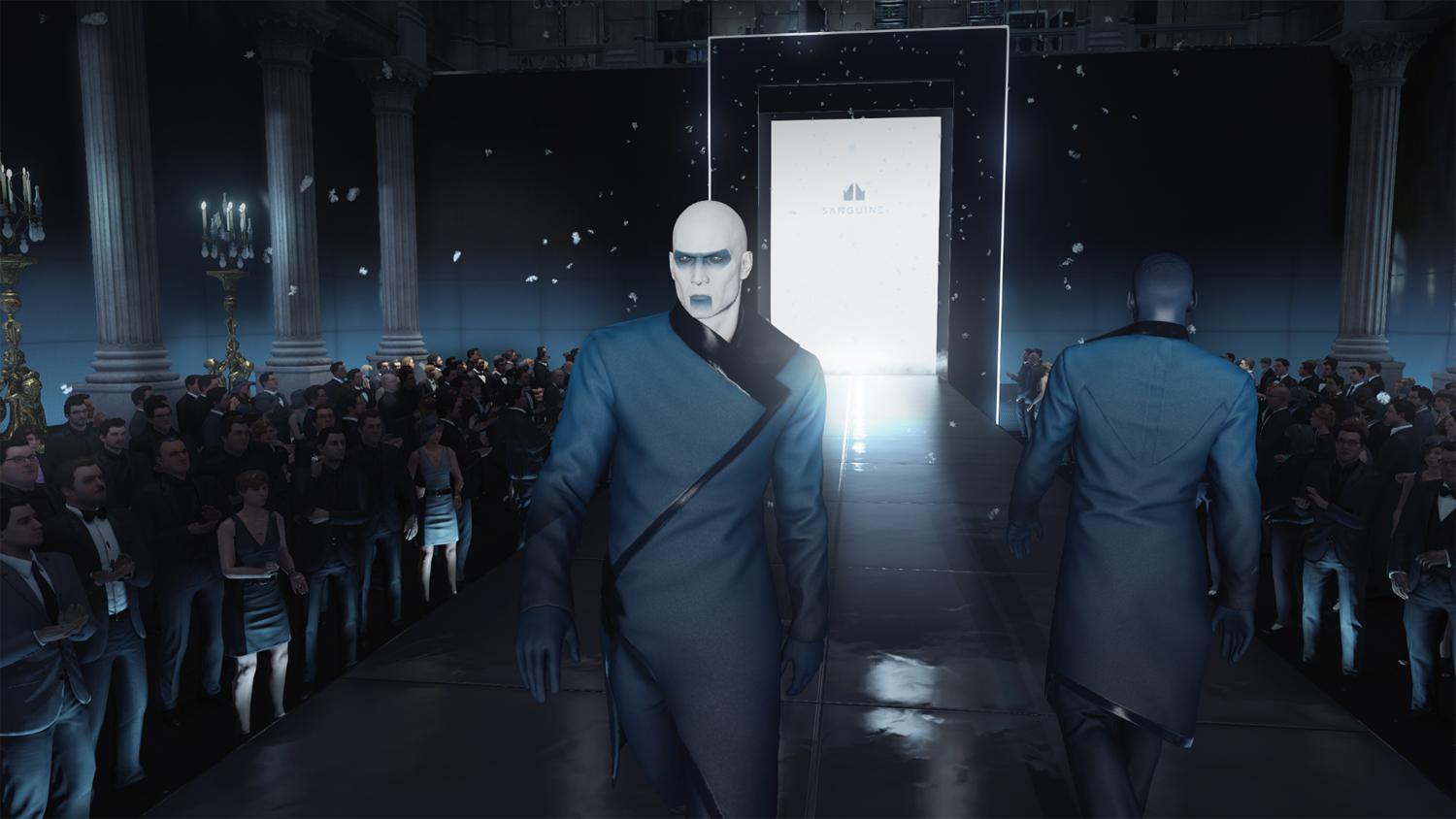
FROM PARIS WITH LOVE
I’m sure most would agree that despite Square Enix’s incorporation of two tutorial stages, “Paris” was HITMAN’s proof of concept. It wasn’t until the release of the game’s first massive open map that we really started to embrace the act of repetition that HITMAN encourages.
On a design level, this is certainly the easiest arena to master, a map with dozens of entrances and exits, pipes to climb, and ledges to shimmy on. You were always one CICADA outfit away from full-access to the entire estate, and cornering a target and taking them out was easier done than said.
The gorgeous crowd rendering makes for a visually appealing level with an immense amount of detail. This adds a fantastic learning curve to what is an admittedly hard game. As gamers, we have become so used to constant checkpoints and linearity that anything somewhat closer to the difficulty of a DARK SOULS game will give us an aneurysm.
It was only later down the line that I realized how troubled “Paris” is in design. It does a fantastic job bringing gamers back to the traditions of HITMAN: BLOOD MONEY, and its sense of verticality really helped it down the line, but it is an undeniably unpolished property.
“Paris” is bristling with glitches. Enemies see you through walls, dragged bodies get stuck in doorways, and the sound radius when taking out an enemy is curiously inconsistent. Nonetheless, “Paris” shows that HITMAN has a lot up its sleeve, and boy did it start to pay off.
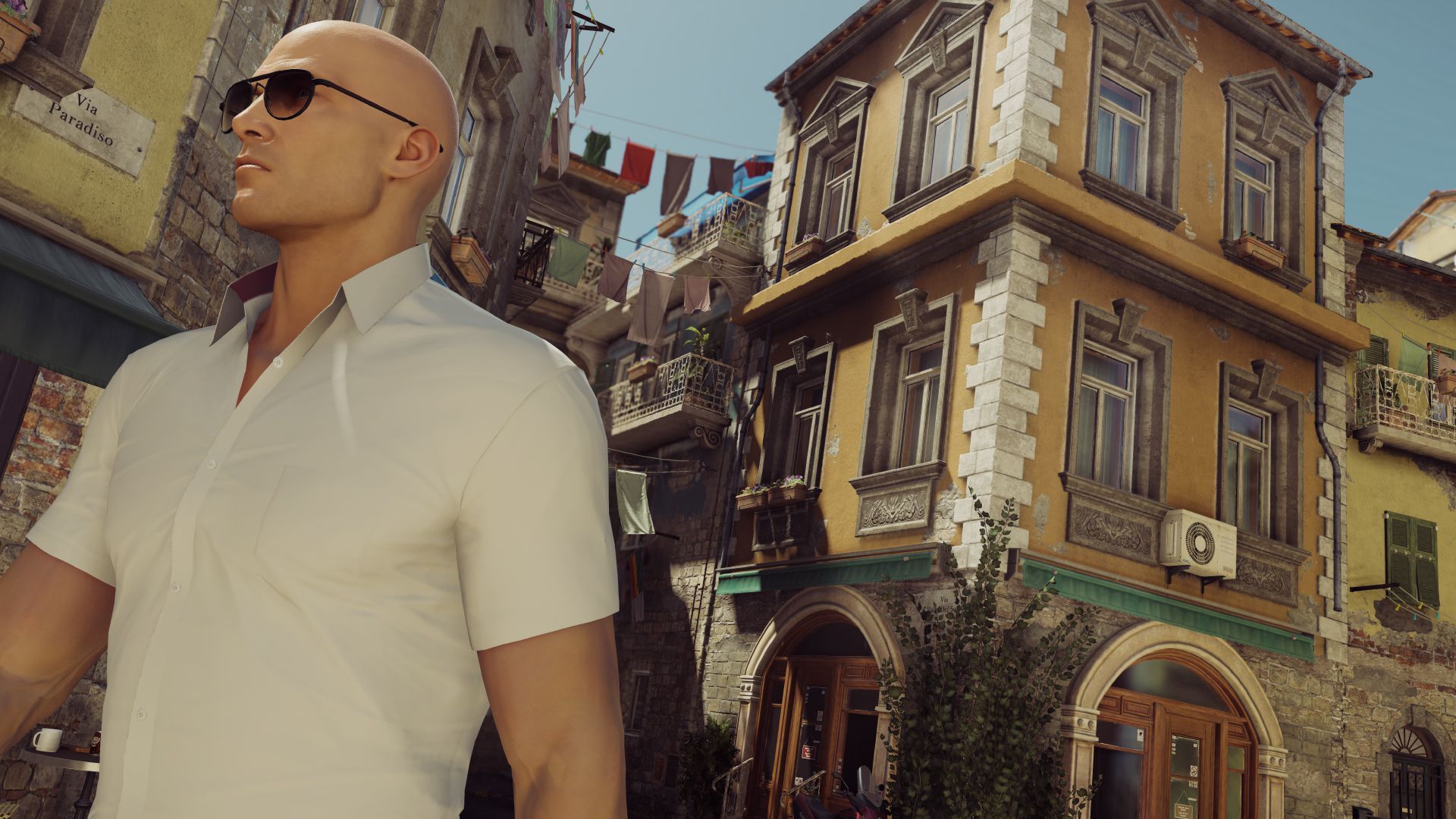
SAPIENZA AND MEATBALLS
Once “Sapienza” was released, there was no looking back. Dressed up in his best Dominic Toretto cosplay, Agent 47 abandons the basic courtyard structure of “Paris” for this level on the Italian coast. Featuring two targets and an additional quest to destroy an item in a cavernous laboratory, “Sapienza” got my 007 panties seeping wet.
The wait leading up to “Sapienza” was insufferably long (a full month and a half), but once it was out, it quickly became the level I replayed the most during my time with HITMAN. There is something about Square Enix embracing open spaces here. The ratio between hostile and friendly territory makes for an experience that allows for more planning and thought than my time spent in “Paris.”
I no longer had to think on my feet. I was able to take my time, examine documents, and research the patterns of my targets in order to blow them up with cannonballs or impersonate their secret lovers. The amount of detail in “Sapienza” was overwhelming, and its bright, colorful aesthetic allowed for Square Enix to take a decidedly less serious route than the overbearing “Paris” map.
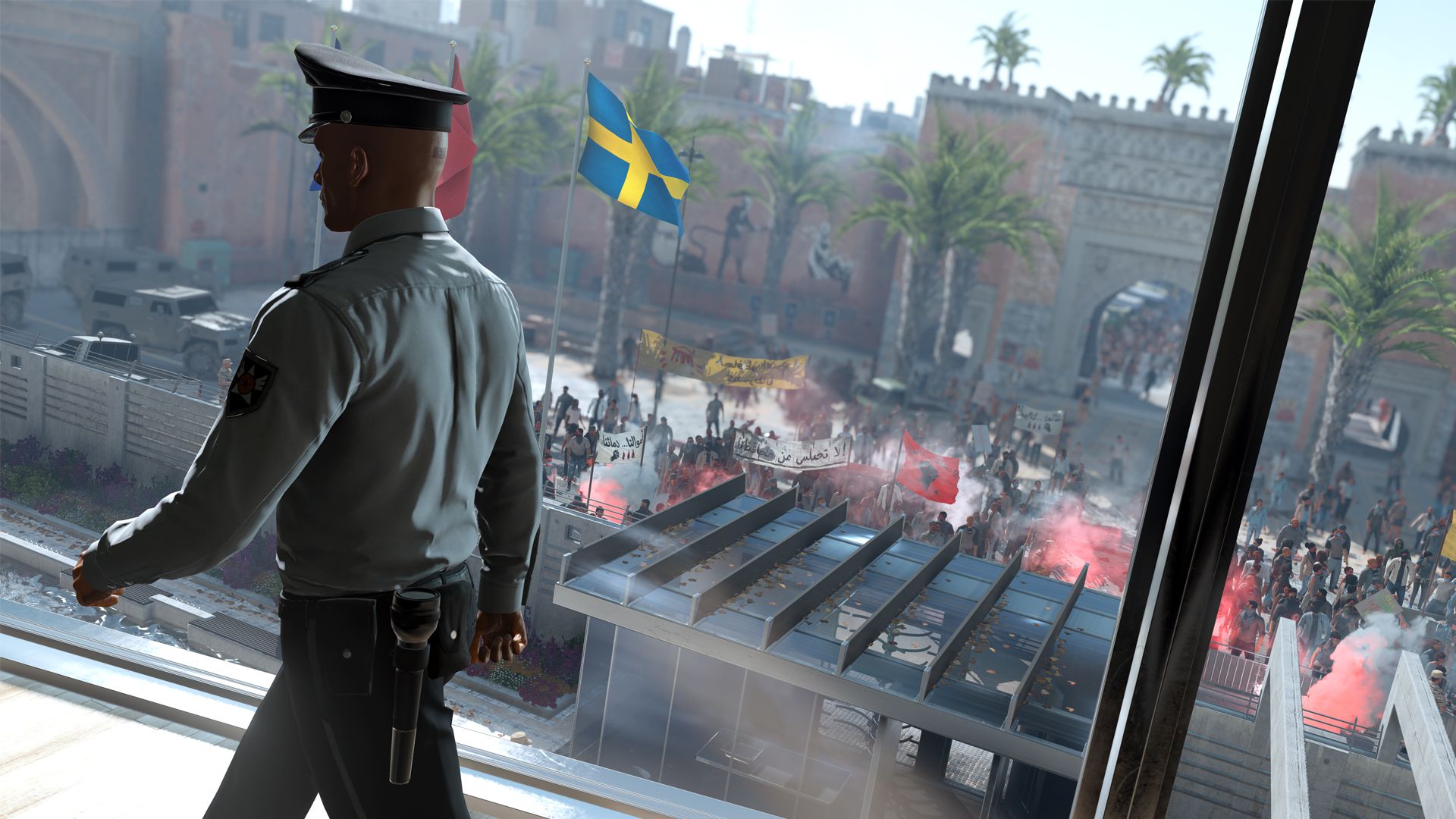
TROUBLE IN MARRAKESH
With “Marrakesh,” Square Enix finds itself in somewhat of a bind. It tries to take the structure of “Sapienza,” (small hostile zone and huge friendly arena) and use the crowd rendering of “Paris.” The result is a peculiar mixed bag. Visually, MARRAKESH has a lot to offer, but it’s a chore to complete.
The two targets, separated on opposite ends of the map, couldn’t be more different. The primary target, hunkered inside of an embassy, is a complex, and oftentimes entertaining, assassination. The secondary recipient of Agent 47’s attention is a military bad-boy that can only be killed in a handful of interesting ways.
The problem with “Marrakesh” is that its open world doesn’t actually service your assassinations. Where “Sapienza” offers church towers as vantage points for your sniper, and loose brickwork in order to blow your way into a secret cave entrance, “Marrakesh” is just one big, empty field with little to do. At points, it feels more like an ASSASSIN’S CREED map than a HITMAN one, trying too hard to immerse you in its setting as opposed to creating a compelling playground.
Worst of all, many of the glitches that seemed to have been ameliorated with the release of “Sapienza” returned with “Marrakesh.” I found myself saving before and after every tedious attempt to subdue a guard, never being able to trust HITMAN to be fair with its detection system. The constant save-scumming is bad enough, but is made even harder to bear with the game’s awfully long load times.
When inside the embassy, “Marrakesh” gets a lot more interesting. It is an admittedly difficult level to master, but not an impossible challenge (I managed to Suit-Only it by my fourth playthrough). But the fact of the matter remains that it pales in comparison to its more entertaining predecessor, “Sapienza,” and the more lavish, three-floor design of “Paris.”
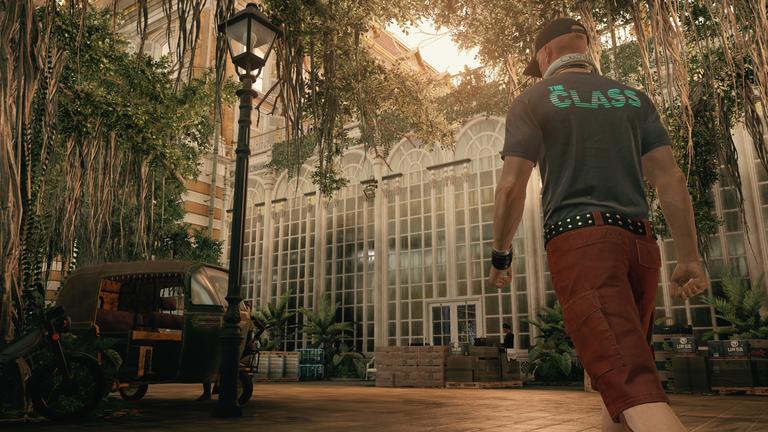
BANGKOK DANGEROUS
In what is certainly Square Enix’s laziest attempt at recycling, HITMAN’s fourth episode is virtually a carbon copy of “Paris.” Although “Bangkok” is arguably the better level of the two, featuring less glitches, a more compelling aesthetic, and two cartoonishly goofy targets, it still frustrates me to no end that this is just another map with a courtyard design.
That isn’t to say that I didn’t have fun with “Bangkok.” I mean hell, I get to play the drums in this episode, but the whole experience is rendered a little been-there-done-that once you recognize just how little Square Enix does in the realm of innovation here. The only new idea present is that lockpicks are virtually obsolete since every room requires a keycard for entry.
I understand that developers need to recycle every now and then. There are multiple re-skinned characters that share animations across the game’s six levels. I’m even willing to excuse the sloppy voiceover work. But the center of a stealth game, the very reason for its being, rests on innovative level design, so when an area feels like nothing more than an alteration of an earlier map, I can’t in good conscience recommend it.
Narratively, this is where HITMAN starts to pick up a little steam, but it was too little, too late at this point. The ship had already sailed, and my interest in the story had waned. This level might continue to grow on me down the line, but currently, it’s rather middle of the road.
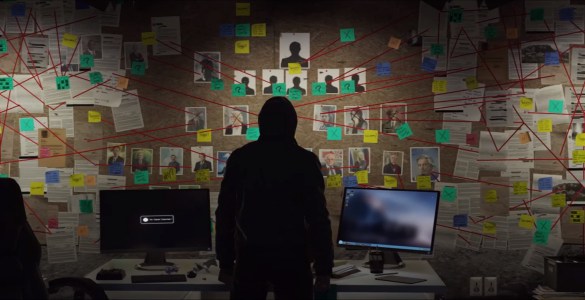
EL CHAPULÍN COLORADO
I mumbled “God help me” the moment I started my first runthrough of HITMAN’s fifth level, “Colorado.” In what is some vengeful display of sadism on part of the development team, this late-series entry is perhaps the closest I came to pure sado-masochism.
This is a tough level. And I don’t mean tough in the same way prior HITMAN levels (or even games for that matter) are. This is on a whole new playing field, a mission that consists of four assassinations, stealing a 3D printed mask, and entering a bunker. It blends the massive open world of previous maps with the linearity of HITMAN: ABSOLUTION, making for a level that felt most like the aforementioned game’s “Attack of the Saints” mission. And that isn’t a compliment, either.
“Colorado” will certainly gain a number of fans down the line. It’s brutally challenging, and almost impossible to complete suit-only (let it be known that I have yet to accomplish this). I suppose that some hardcore gamers looking for a real challenge can find solace in “Colorado,” but what frustrates me isn’t that it’s hard, but that it is woefully out of line with the rest of the game.
The sense of linearity here, and the fact that the entire map is a hostile area populated solely by armed guards, is everything a HITMAN game shouldn’t be. Once again, this all feels more like SPLINTER CELL or METAL GEAR SOLID than anything else. The player is forced to be constantly on the lookout, stealthily making their way from A to B, and is consequently never allowed to explore the setting and observe patterns without running the risk of being detected. Here, the chameleon is replaced with a ninja, but the change of pace is simply unwelcome in this kind of setting.
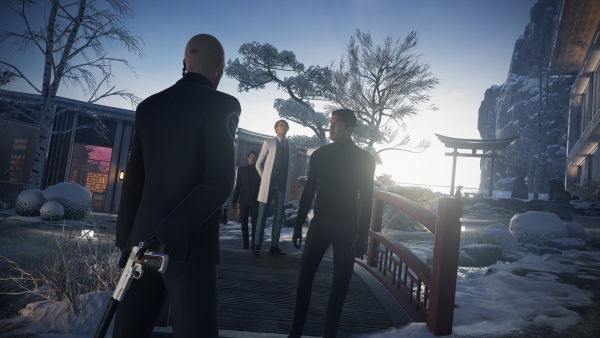
GETTING BETTER IN HOKKAIDO
If ending on a high-note was Square Enix’s intention, then maybe they took it too literally (no joke, this all takes place on top of a mountain). In what is certainly the best designed level since “Sapienza,” “Hokkaido” might just be the single coolest map I’ve ever seen in a HITMAN game. From sushi bars to chic bedrooms, gorgeous spas and underground facilities, “Hokkaido” actually out-Bond’s the mountaintop clinic in SPECTRE.
This is a phenomenal level in every sense of the word. With the simple task of eliminating two targets, HITMAN focuses on raising the difficulty level in ways that are far more exciting for a stealth fan. Where “Colorado” raised its stakes by making the whole map a no-go zone and making you assassinate a whole truckload of targets, “Hokkaido” is concerned with access.
Borrowing — but markedly improving — on a difficulty-increase that was introduced in “Bangkok,” you literally cannot enter certain rooms without the correct disguise. You also cannot start off with any items, so no lockpicks, guns, or syringes for you. You can, however, smuggle in a single item after you’ve completed the map a couple of times.
Perhaps the most rewarding facet of “Hokkaido” is that I actually found a use for a non-silenced pistol! Instead of using it to kill an enemy, I used it to lure somebody out of a highly restricted area. Had it not been for this, I would have surely dedicated a whole paragraph to the uselessness of HITMAN’s ballistic arsenal.
But the truth is that “Hokkaido” is just a beautiful level. There’s so much variety in each room that learning the map is decidedly easier than in previous arenas. Square Enix often capitalizes on visual landmarks for their level design, using church steeples, barns, and water towers as means of finding your way from one side of the map to the next. “Paris” and “Bangkok” didn’t need this due to their easy layouts, and “Marrakesh” was admittedly flawed in design. But “Hokkaido” understands how to teach you a map despite being almost entirely indoors, both through clever use of changing diegetic sounds, and distinct, different designs for each room.
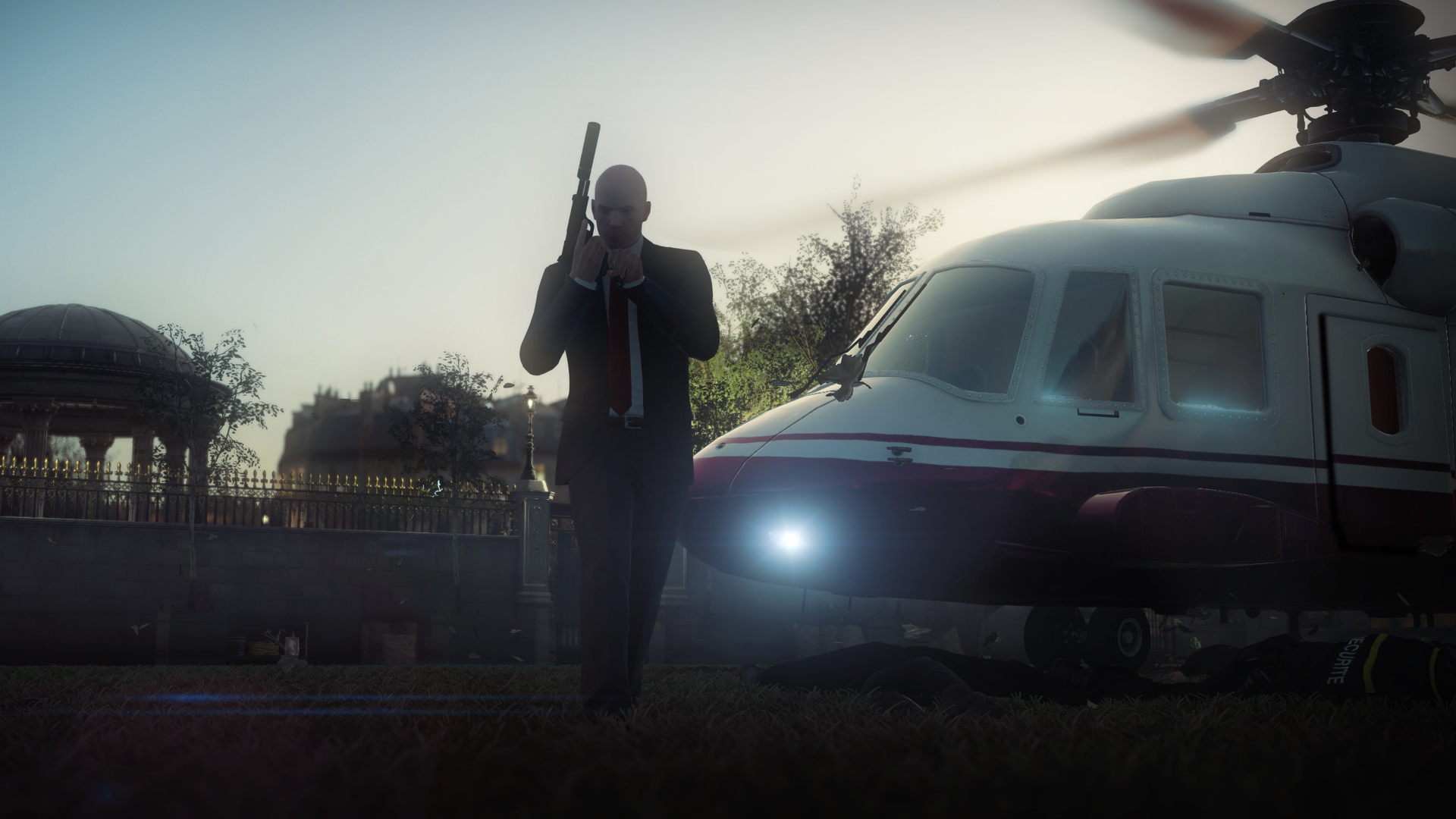
FINAL THOUGHTS ON GAME DESIGN
I respect Square Enix for their audacity. In a time where it seems every game is just one explosive, trigger-based sequence after another, HITMAN gives you a phenomenal degree of control. Anyone that was even remotely intrigued by the game mechanics Kojima presented in THE PHANTOM PAIN will find a lot to love here. If your primary question is whether or not HITMAN’s six episodes warrant a 60 dollar price tag, the answer is a resounding yes, but if you’re still unsure, I’d suggest you just buy “Sapienza” and “Hokkaido,” and see if those don’t sell you on the package.
There are small things that are missing in HITMAN that would be great to see in the future. You can’t use human shields, and you can’t interrogate NPCs. These seem like obvious stealth mechanics that have been around since the first SPLINTER CELL, and their omission here is irksome. I love that only certain items can be concealed on your body, but it would be a great addition if certain costumes allow you to hide more items than others (i.e where on earth am I hiding guns and wrenches when I’m dressed as a yoga instructor?). But despite all of this, the mechanics are very balanced in HITMAN, though smaller details, like the detection system, need tweaking.
The ingame checklist of possible assassinations is a fantastic way to guide you through the game’s dense levels. It serves as a mouth-watering catalogue of ways to execute your targets. The same can’t be said for the opportunities tab, though. The inclusion of “listening in” on NPC’s conversations to uncover tips regarding your target’s weaknesses is awesome, but I think it was a huge mistake on Square Enix’s part to hold your hand through an entire assassination if you track an opportunity. Rarely did I want to select one, because it would inevitably set up checkpoints that would railroad me all the way to the end of the level.
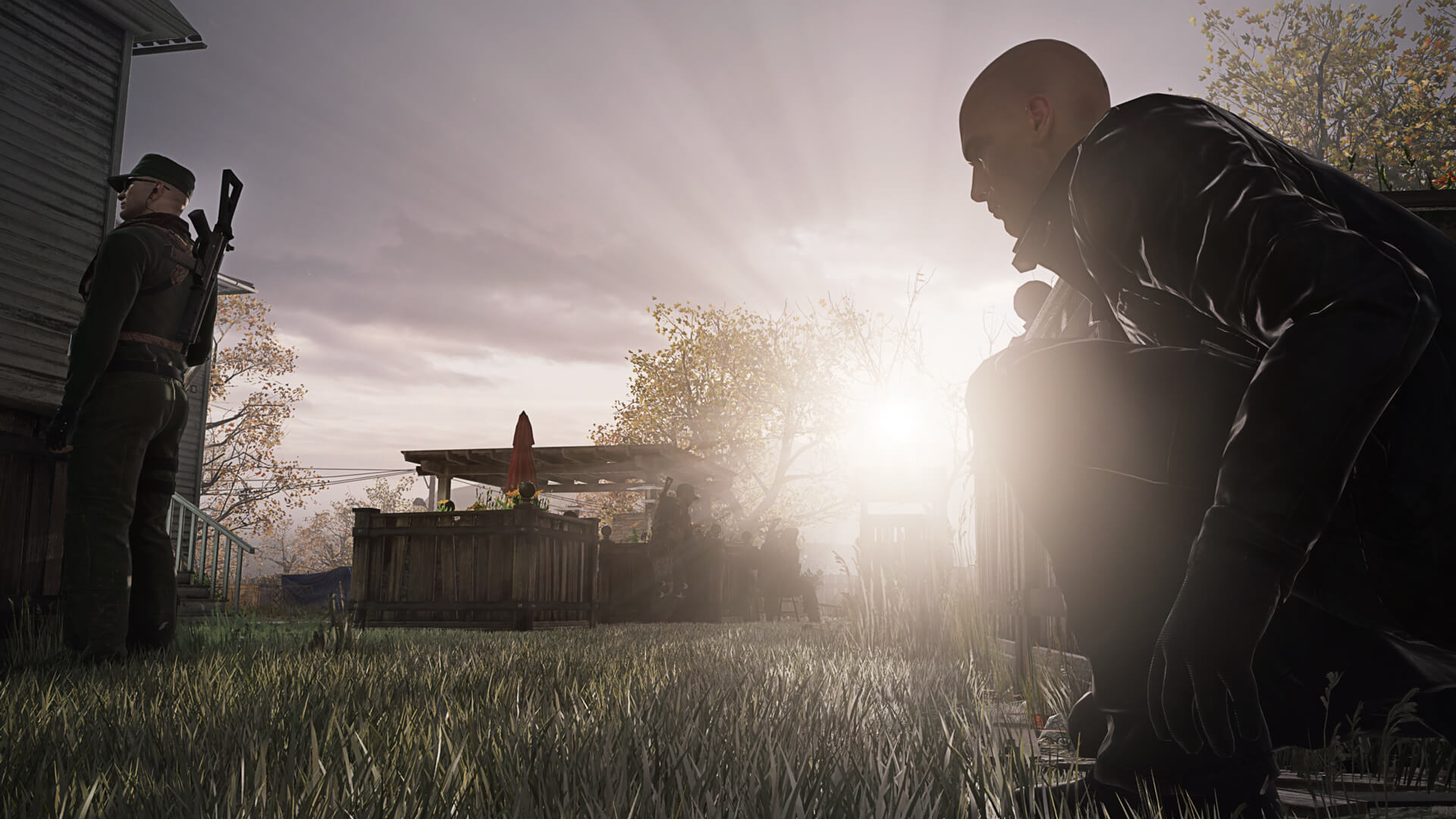
The addition of the Elusive Target contracts were an inventive and exciting spin on the HITMAN formula, using your — steadily increasing — knowledge of a map’s layout in order to assassinate targets that you had never encountered before. It forces you to think quickly, with no saves or second chances. It’s an extremely challenging means of playing an already difficult game, but really cements how much Square Enix cares about this property. The same can be said for the two smaller summer episodes that re-shaped the “Sapienza” and “Marrakesh” levels. The escalation contracts, meanwhile, feel like a complete waste of time in comparison. The incremental addition of bonus objectives weren’t significant enough to switch over from the main game. I never had the patience to complete all five stages, and had much more fun just playing the vanilla maps.
The decision to opt for an all-online, all-digital experience was a bold choice on Square Enix’s part. I commend them for trailblazing what will certainly be the inevitable future of all video games, but I can’t say I enjoyed the process. Load times were often excruciating, and the fact that I always needed a functioning internet connection for the game to save my challenges (in a single player only title, no less!) felt preposterous. The fact that the load times between save files were shortened a little through patches certainly made for a more tolerable experience, but Square Enix needs to separate just how much of HITMAN actually mandates an internet connection.
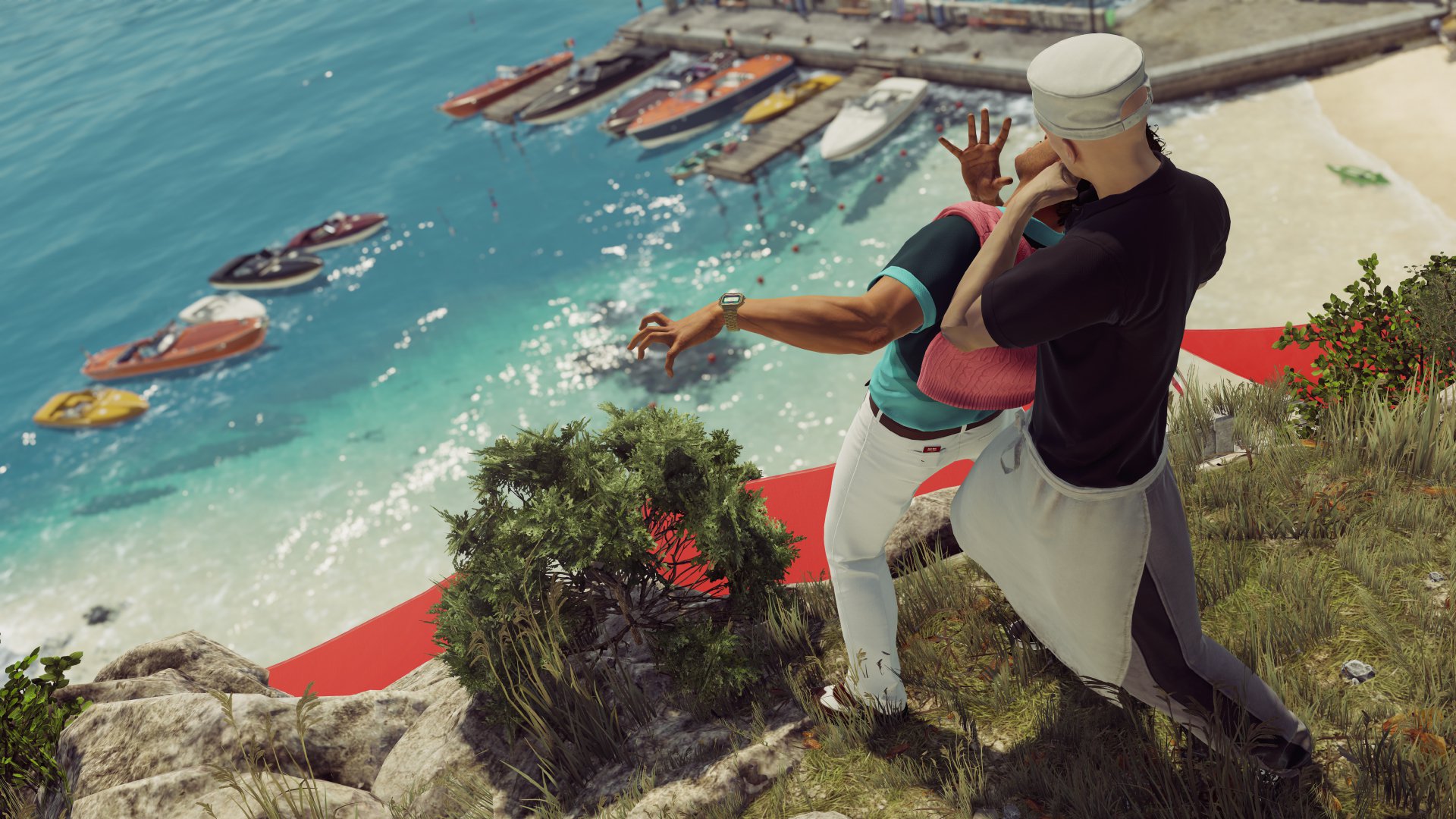
HITMAN always needs a connection, and it drastically slows down the experience. I understand that the maps are large and require a lot of hard drive space to process, but for a game that relies so much on repetition, I would even welcome a graphical downgrade so that I wouldn’t have to wait so long between individual playthroughs. I’m not sure whether the graphics, the all-online nature, or the digital distribution of the game were the most taxing on the load times, but it can be assured that the rare combination of the three that’s present here do no favors for performance. That being said, when I’d play for long enough to stop making any mistakes, HITMAN really began to shine as a beacon of fantastic stealth gaming.
The first season of HITMAN shows that the franchise is finally able to accomplish the extravagant vision that gamers have been eagerly anticipating for years now. If this effort is kept up, the second season can only be a huge improvement. HITMAN is a great game, one that stands out in 2016 as a release made for gamers of yesteryear. As much as I adore the cinematic genre-fare of Naughty Dog’s UNCHARTED 4: A THIEF’S END, HITMAN knows what a hardcore gamer really wants. This is a punishing game, but also a highly rewarding one, a game that loves inventiveness within its sandbox. It understands the fundamental difference between cinema and gaming. Anyone that’s a fan of DEUS EX or even GRAND THEFT AUTO can find pleasure in the intricacies of HITMAN. Just remember that you are not in it for the story. You’re in it to enter a world of assassination.
Verdict: Recommend
Reviewed on PlayStation 4, also available on Xbox One and PC.

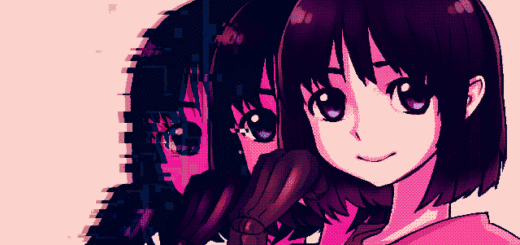
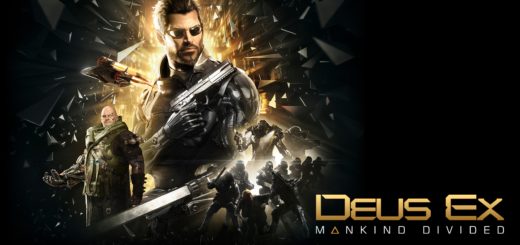

2 Responses
[…] sorely disappointed. A WAY OUT is unashamedly easy gaming, the type of puzzle solving that’s less HITMAN and more UNTIL DAWN. I like the idea of A WAY OUT, but its pitfalls as an interactive narrative make […]
[…] 2016’s HITMAN reboot was one of my favorite games of this console generation, so it goes without saying that I should be giddy with excitement for HITMAN 2. It’s with great unease, then, that I feel an inescapable sense of disappointment with this latest incarnation. Make no mistake: HITMAN 2 can only be described as more of a good thing. If you liked playing HITMAN, you’ll love playing HITMAN 2. Yet even considering how sleek and fun HITMAN 2 is, I can’t help but feel overwhelmed by the full package. […]